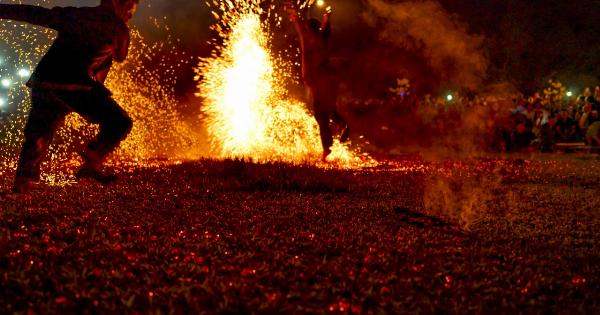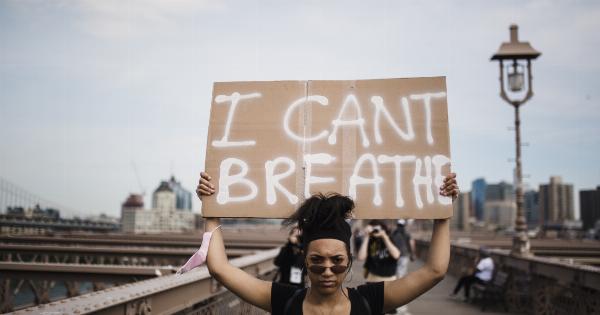Rhinoplasty, commonly known as a nose job, is a type of cosmetic surgery that aims to enhance the appearance of the nose, as well as improve breathing and overall nasal function.
Whether you’re looking to reduce the size of your nose, fix a bump, or simply refine its shape, rhinoplasty can achieve your desired results. In this article, we’ll explore the ins and outs of rhinoplasty, including what to expect before, during and after the procedure.
Benefits of Rhinoplasty
There are many benefits to undergoing rhinoplasty, both cosmetic and functional. Some of the cosmetic benefits include:.
- Reducing the size of the nose
- Reshaping the nose
- Correcting bumps or unevenness on the bridge of the nose
- Making the nose more proportional to the rest of the face
In addition, rhinoplasty can also provide functional benefits, such as:.
- Improving breathing
- Reducing snoring
- Relieving sinus headaches
- Correcting a deviated septum
Before the Procedure
Before undergoing rhinoplasty, it’s important to choose a qualified surgeon who has experience with this procedure. Your surgeon will also conduct a thorough medical evaluation to ensure you’re a good candidate for the surgery.
This evaluation will typically include:.
- A physical exam, including an examination of your nasal structure and the skin on your nose
- A review of your medical history, including any medications you’re taking and any past surgeries or medical conditions
- A discussion about your goals for the surgery, and what you hope to achieve with the procedure
During this time, you’ll also have an opportunity to ask any questions you may have about the procedure, and to discuss the potential risks and benefits of the surgery.
The Rhinoplasty Procedure
Rhinoplasty is typically performed under general anesthesia, which means you’ll be asleep during the procedure. Depending on your goals for the surgery, your surgeon will use one of two techniques:.
- Open rhinoplasty: This technique involves making an incision on the outside of the nose, between the nostrils. This allows the surgeon to lift the skin and access the underlying structures.
- Closed rhinoplasty: This technique involves making incisions inside the nostrils. This technique leaves no visible scars.
Once the incisions have been made, the surgeon will use specialized instruments to reshape the underlying cartilage and bone. In some cases, the surgeon may remove a small amount of tissue or bone to achieve the desired shape.
The incisions will then be closed using sutures or surgical glue.
Recovery
After the procedure, you’ll need to spend some time recovering at home. You may experience some pain, swelling, and bruising, which can be managed with medication and cold compresses.
You’ll also need to sleep with your head elevated for the first few days following the procedure to reduce swelling.
Your surgeon may also provide you with instructions for caring for your incisions, such as keeping them clean and covering them with gauze or bandages.
You should avoid blowing your nose for at least a week following the procedure, as this can cause bleeding.
Most people are able to return to work and other daily activities within 7-10 days following the procedure, although you should avoid strenuous activities for several weeks to allow your body time to heal.
Results
Although you’ll see some immediate results after the surgery, it may take several months for the full results to become visible. This is because your nose will continue to heal and change shape over time.
It’s important to have realistic expectations about the results of the surgery.
While rhinoplasty can enhance the appearance of your nose and improve breathing, it may not completely eliminate all functional issues or provide you with a perfect nose.
Risks and Complications
As with any surgery, there are potential risks and complications associated with rhinoplasty. Some of these may include:.
- Infection
- Bleeding
- Difficulty breathing
- Adverse reaction to anesthesia
- Numbness or tingling in the nose or surrounding areas (may be temporary or permanent)
- Scarring
- Asymmetry or unevenness in the appearance of the nose
To reduce the risk of these complications, be sure to choose a qualified surgeon who has experience with this procedure, and carefully follow all pre- and post-operative instructions provided by your surgeon.
Costs
The cost of rhinoplasty can vary widely depending on a number of factors, such as the surgeon’s experience, the location of the surgery, and the extent of the procedure. Typically, rhinoplasty costs anywhere from $3,000 to $15,000.
It’s important to keep in mind that rhinoplasty is considered a cosmetic procedure, which means that it’s typically not covered by insurance.
However, some insurance companies may provide coverage for rhinoplasty if it’s being performed to correct a functional issue, such as a deviated septum.
Conclusion
Rhinoplasty can be an effective way to enhance the appearance of your nose, as well as improve breathing and overall nasal function.
If you’re considering undergoing this procedure, be sure to choose an experienced surgeon and carefully review all of your options and potential risks before making a decision.




























